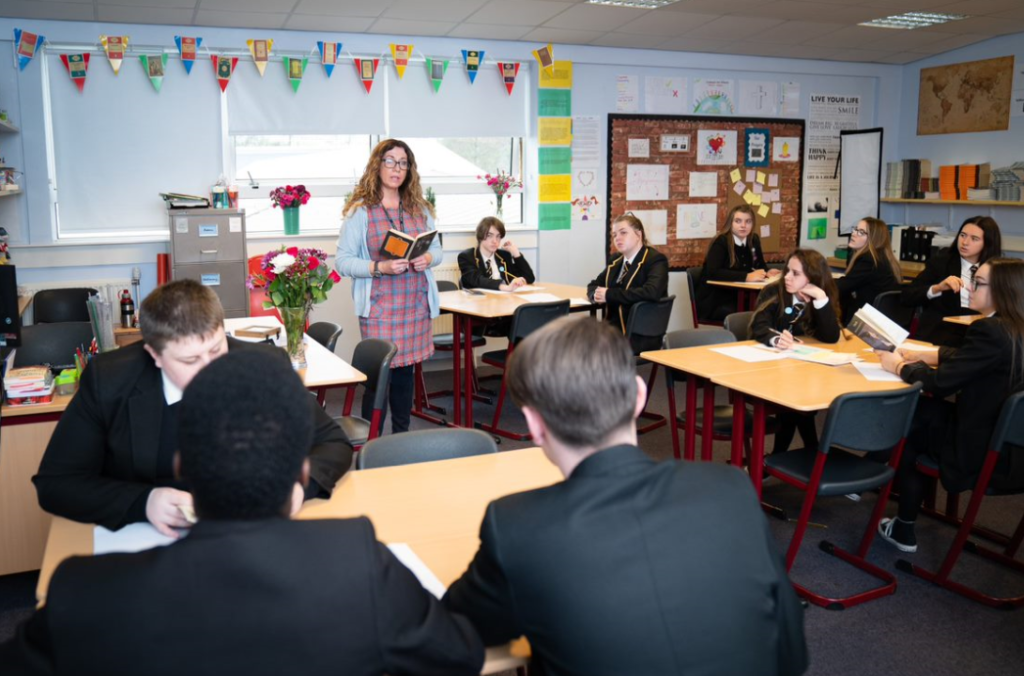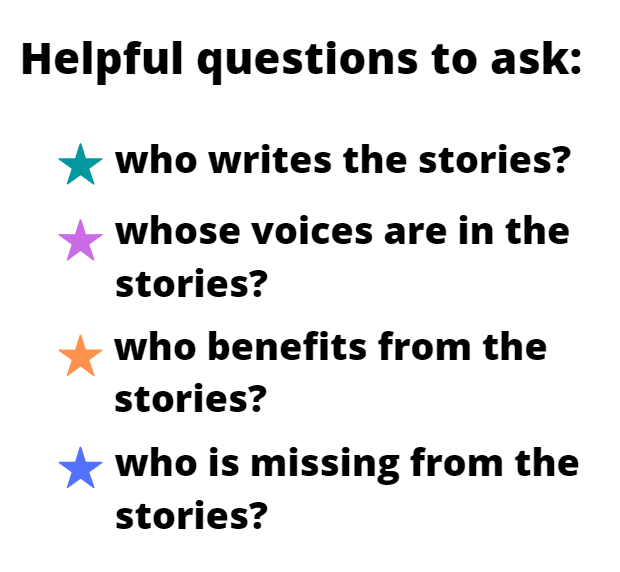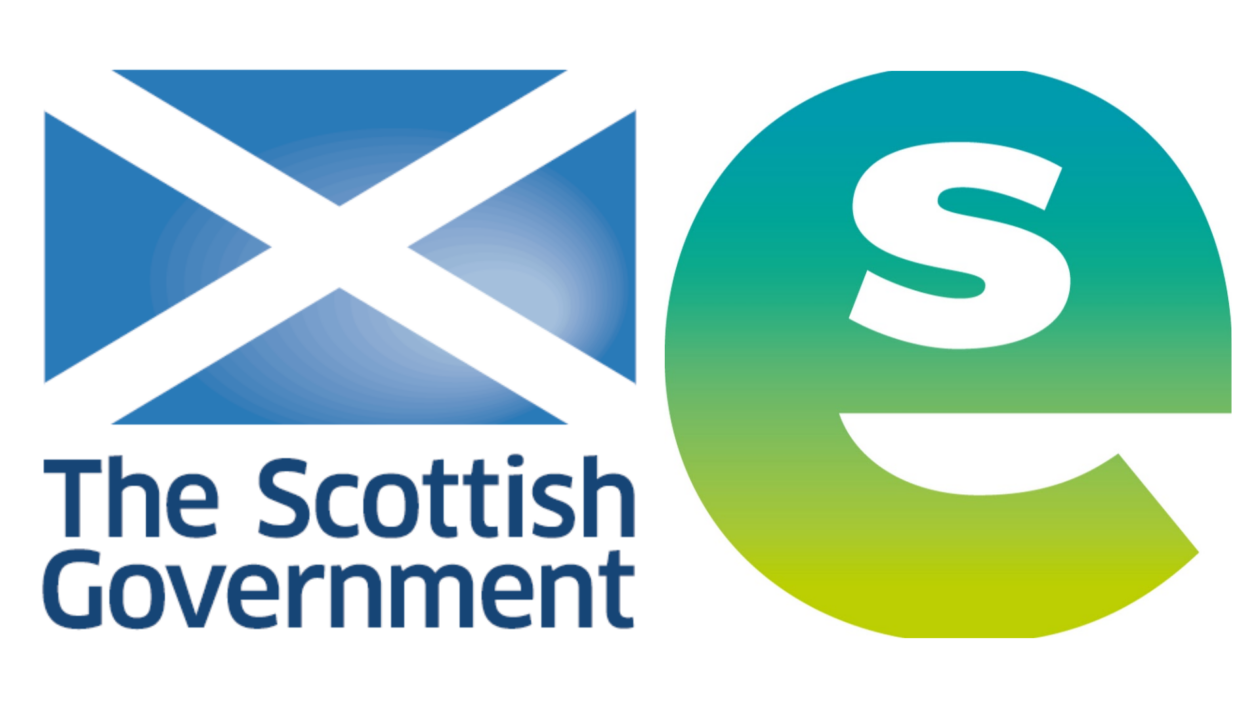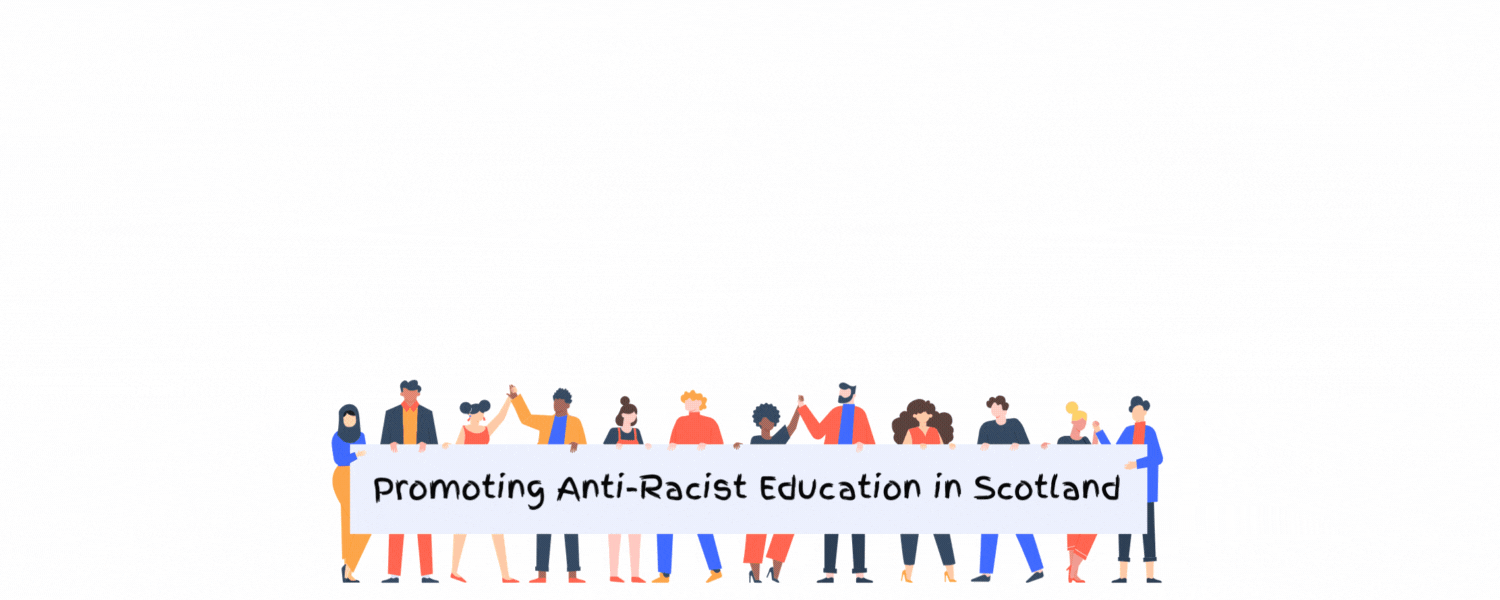 Literacy and English provides opportunities for learners to engage with and create a wide range of texts. Within Curriculum for Excellence, ‘text’ is defined broadly as the medium through which ideas, experiences, opinions and information can be communicated. Consequently, texts not only include those presented in traditional written or print form, but also orally, pictorially, electronically or on film. Reading and responding to literature and other texts play a central role in the development of learners’ knowledge and understanding of key social issues, including racial equality.
Literacy and English provides opportunities for learners to engage with and create a wide range of texts. Within Curriculum for Excellence, ‘text’ is defined broadly as the medium through which ideas, experiences, opinions and information can be communicated. Consequently, texts not only include those presented in traditional written or print form, but also orally, pictorially, electronically or on film. Reading and responding to literature and other texts play a central role in the development of learners’ knowledge and understanding of key social issues, including racial equality.
As children and young people progress in their learning, they encounter texts of increasing complexity in terms of length, structure, vocabulary and, importantly, ideas and concepts. Integral to this process is the development of learners’ understanding of what is valuable about their own and other cultures and languages. An appreciation of diversity in what they read encourages learners to develop respect and appreciation towards those from backgrounds other than their own. Providing access to texts that accurately reflect the racial and cultural diversity of Scotland and the world should begin with the youngest of learners, allowing them to progress from their earliest years in their appreciation of the links between their own lived experiences and those of others.
Critical Literacy
 The development and application of critical literacy skills are also central to learners’ exploration of a text, for example by considering whose story is being shared, whose voice is being heard, who benefits from the story, who is missing from the story and why this might be the case:
The development and application of critical literacy skills are also central to learners’ exploration of a text, for example by considering whose story is being shared, whose voice is being heard, who benefits from the story, who is missing from the story and why this might be the case:
‘Children and young people need not only to be able to read for information; they also need to be able to work out what trust they should place on the information and to identify when and how people are trying to persuade and influence them.’
Literacy Across Learning: Principles and Practice
Encouraging learners to develop critical literacy skills is important as they access videos and news stories on social media and other places online.
Resources are available to support children and young people’s critical literacy:
- Newsround – How to spot fake news and false information online
- BBC Bitesize – Fact or fake
- Dr Navan Govender, University of Strathclyde: Exploring Critical Literacies Wakelet and presentation
- Chimamanda Ngozi Adichie, TED Talk: The Danger of a Single Story–
- Storytelling Leaflet
Guidance on racial slurs in the classroom
Depending on texts being used and issues being explored, the use of racial slurs in the classroom is something that will need to be considered in detail. The health and wellbeing of minority ethnic learners should be prioritised throughout this consideration. Even if an educator has the best intentions around the use of a slur, the potential impact on a pupil’s health and wellbeing will outweigh any potential educational value of saying a racial, homophobic or gendered slur out loud. Detailed guidance on this specific issue can be found here:
Further guidance on racial slurs in the classroom
Reflective Questions
- Consider and reflect on the following questions within your practice and pedagogy:
- As literacy skills are embedded in experiences and outcomes across the eight curriculum areas, how do we ensure that all practitioners identify opportunities to engage with texts that reflect racial and cultural diversity?
- Does our literacy and English//Gaelic curriculum provide regular opportunities for learners to critically explore issues of power and identity, such as racial and cultural diversity?
- How can we ensure that the lived experience of all our learners including their race and culture is reflected in the literacy and English curriculum? Including in settings where only white children attend?
- How can we ensure that all learners are not internalising negative messages (implicit bias) about certain minority groups? For example, only reading texts about white people in positions of power can lead to negative biases about people of colour.
- How can we ensure that learners are provided with developmentally appropriate opportunities to engage with, critically analyse and create a wide range of texts which reflect their own and other cultures?
- Through listening and talking, how can we ensure that all learners’ voices are acknowledged, respected and challenged when appropriate?
- How far have we developed media literacy to enable learners to identify and challenge racism in the media?
- Do learners see themselves and their experiences reflected in the texts presented to them?
- Do the texts we use provide opportunities for the development of empathy and understanding?


